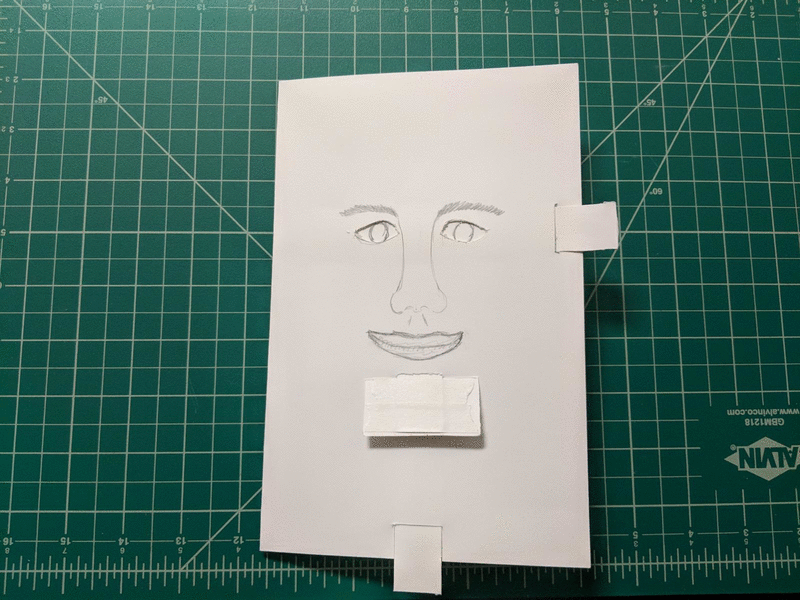Songs for Sabotage
The Songs for Sabotage exhibition at the New Museum presents the work of a collection of young artists from around the world. This exhibition attempts “a call for action, an active engagement, and an interference in political and social structures [1],” but only some of the work presented seemed to relate to that goal. Nevertheless, there are many talented artists included presenting a diverse collection of work.
Diamond Stingily’s E.L.G. (2018) addresses our social problems with a large metal swing set with a single swing. On the support beam directly above the swing is a single brick, positioned in such a way to threaten someone below if someone were to use the swing. Given that children most commonly use swing sets, it seems to reference the danger children face in the world today. The work also includes a metal ladder on the side of the swing set, leading to nowhere. I understood this to represent the lack of a clear future children face as they climb the metaphorical “ladder of success.” Stingily’s social and economic background from growing up in Chicago influences her work [2].

E.L.G. (2018) by Diamond Stingily



